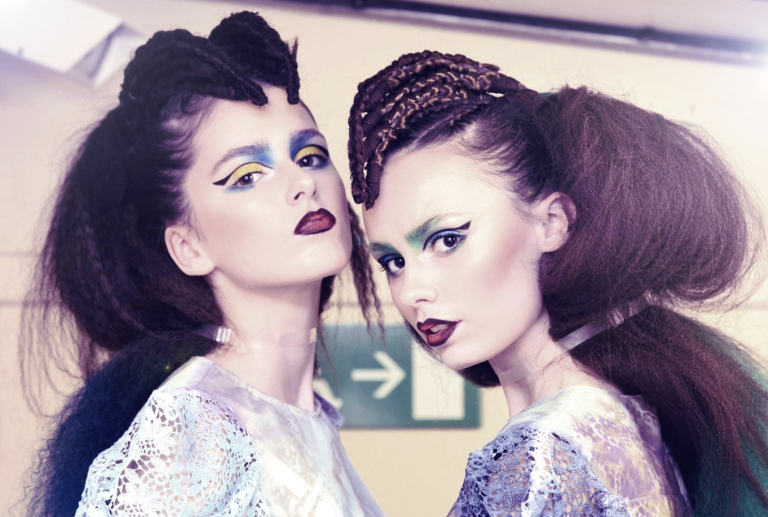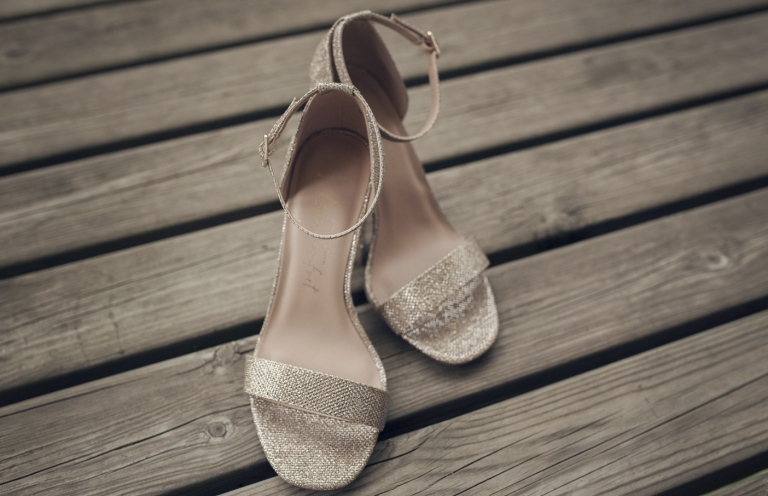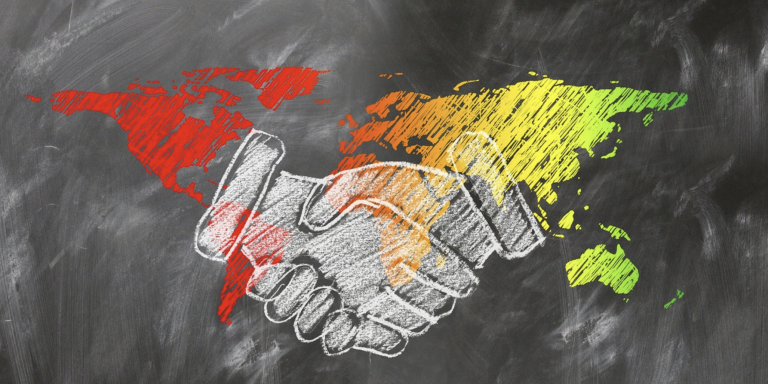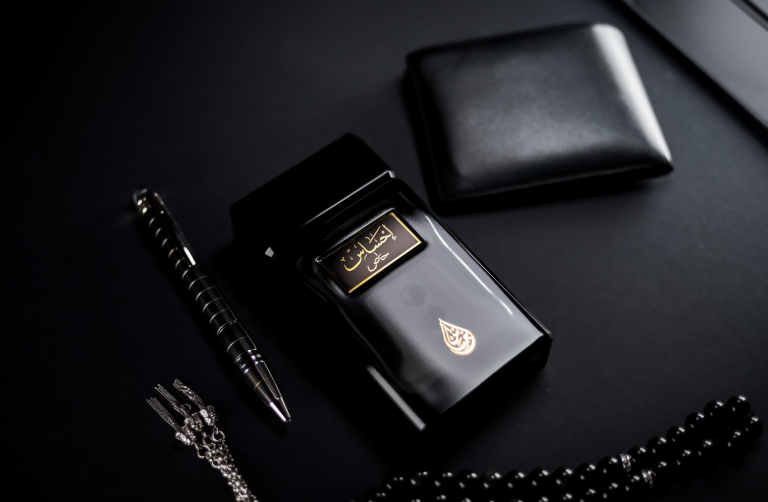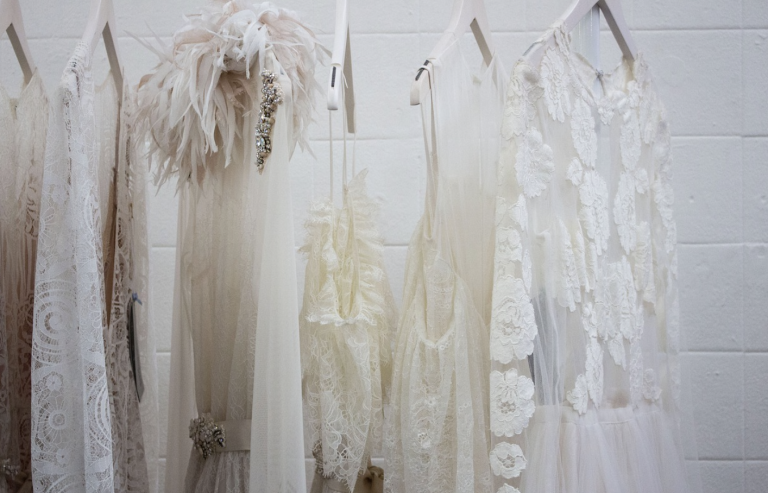
Introduction
Unisex fashion has become one of the most talked-about trends in recent years. What once seemed like an occasional novelty has now blossomed into a mainstream movement, with major brands and designers embracing gender-neutral clothing lines. From breaking the internet with viral campaigns to reshaping how society views gender identity, unisex collections are making a bold statement. This article explores how unisex fashion is revolutionizing the industry and challenging age-old gender norms.
Defining Unisex Fashion
At its core, unisex fashion refers to clothing designed to be worn by people of all genders. Unlike traditional fashion categories that distinctly separate items into “men’s” and “women’s” sections, unisex collections blur the lines, offering styles that cater to everyone. These pieces often prioritize comfort, simplicity, and versatility, making them accessible and appealing to a wide audience.
The Evolution of Unisex Fashion
Unisex fashion didn’t emerge overnight. Historically, clothing has always been gendered, but the concept of gender-neutral attire began gaining traction in the 20th century. The 1960s and 1970s saw the rise of unisex fashion, influenced by the counterculture movement. Designers like Yves Saint Laurent began experimenting with androgynous looks, challenging societal expectations of how men and women should dress.
In recent years, the conversation around gender fluidity and expression has gained momentum, further fueling the unisex trend. What was once considered avant-garde is now becoming mainstream.
Characteristics of Unisex Apparel
What exactly makes clothing unisex? These garments are often defined by their minimalist design and a lack of gendered features such as tailored cuts or stereotypical colors. A typical unisex piece might include oversized shirts, relaxed fits, and neutral shades like black, white, and grey. Instead of focusing on gender distinctions, unisex fashion emphasizes comfort, inclusivity, and the freedom to express oneself without boundaries.
The Social Impact of Unisex Fashion
Unisex fashion is not just about clothes; it’s about challenging traditional gender norms and pushing for greater inclusivity. As society becomes more open to diverse gender identities, unisex clothing is helping to create a world where individuals are not confined by outdated ideas about how they should present themselves.
Breaking Traditional Gender Norms
For decades, fashion was heavily influenced by rigid gender norms. Men wore suits and trousers, while women were expected to don dresses and skirts. Unisex collections have disrupted these expectations by offering versatile clothing options that anyone can wear, regardless of gender. This shift encourages people to embrace their personal style without feeling pressured to conform to gendered expectations.
The Influence of Celebrity Endorsements
Celebrities have played a pivotal role in popularizing unisex fashion. From artists like Harry Styles to actors like Tessa Thompson, public figures have been rocking gender-neutral clothing on red carpets, magazine covers, and social media platforms. Their influence has helped normalize unisex fashion and open the door for a broader range of people to experiment with their clothing choices.
Unisex Fashion in the Digital Age
The digital age has accelerated the popularity of unisex fashion, with online platforms providing a space for these collections to flourish. Social media, influencers, and viral marketing campaigns have brought unisex clothing into the spotlight, creating a global conversation about gender-neutral fashion.
Viral Campaigns and Social Media Influence
Unisex fashion brands are taking full advantage of viral marketing strategies, using platforms like Instagram, TikTok, and Twitter to showcase their latest collections. Campaigns often feature models of all genders, further blurring the lines between what is traditionally considered “masculine” or “feminine.” These viral campaigns not only push boundaries but also foster a sense of community among people who identify with the unisex movement.
The Role of Online Shopping and Influencers
With the rise of e-commerce, online shopping has made unisex fashion more accessible than ever. Influencers have become key players in promoting unisex collections, offering their followers style inspiration and encouraging them to embrace gender-neutral clothing. The ability to shop online has removed barriers, allowing people to explore and purchase unisex styles with ease.
The Economic Impact of Unisex Collections
Unisex fashion is not only a cultural phenomenon but also a financial powerhouse. As more consumers demand inclusive and versatile clothing, the economic impact of unisex collections continues to grow.
Sales Growth in Gender-Neutral Markets
Sales data shows a marked increase in demand for gender-neutral clothing. Retailers are responding by expanding their unisex lines, with many offering collections that cater to a wider range of body types and preferences. The shift toward unisex fashion reflects changing consumer attitudes, where style and comfort take precedence over rigid gender categories.
Brands Leading the Charge
Several prominent brands are leading the way in the unisex fashion space. Companies like Zara, H&M, and Uniqlo have all launched unisex collections, appealing to a broader market and promoting inclusivity. High-end designers are also embracing the trend, with brands like Balenciaga and Alexander Wang integrating unisex styles into their lines.

Unisex Fashion in the Future
The future of unisex fashion looks promising, with predictions that it will continue to evolve and dominate the industry. As society becomes more open to diverse gender expressions, fashion will likely follow suit, offering more options that prioritize individuality over traditional gender labels.
Long-term Impact on the Fashion Industry
In the long term, unisex fashion may reshape the way we think about clothing. We may see a move away from gendered sections in stores, with clothing categorized based on style, function, and fit rather than gender. This shift could pave the way for a more inclusive and sustainable fashion industry that caters to everyone.
Conclusion
The rise of unisex fashion is more than just a passing trend—it’s a cultural revolution. By breaking down gender barriers, unisex collections are challenging the status quo and reshaping how we think about clothing. With the power of the internet and social media driving this movement, unisex fashion is here to stay, and its impact will only continue to grow.

FAQs
- What is unisex fashion? Unisex fashion refers to clothing that is designed to be worn by all genders, offering a more inclusive and versatile approach to style.
- How has unisex fashion influenced gender norms? Unisex fashion challenges traditional gender expectations by offering clothing that is not limited by masculine or feminine labels, allowing for more self-expression.
- Why has unisex fashion become so popular? The rise of gender fluidity, celebrity endorsements, and the influence of social media have all contributed to the growing popularity of unisex fashion.
- Are unisex clothes more expensive than gender-specific clothing? Generally, the price of unisex clothing is comparable to gender-specific items. However, prices can vary depending on the brand and material used.
- Can unisex fashion be considered sustainable? Many unisex collections focus on timeless, versatile pieces that can be worn by anyone, which can contribute to more sustainable fashion practices by reducing the need for multiple items designed for specific genders.

